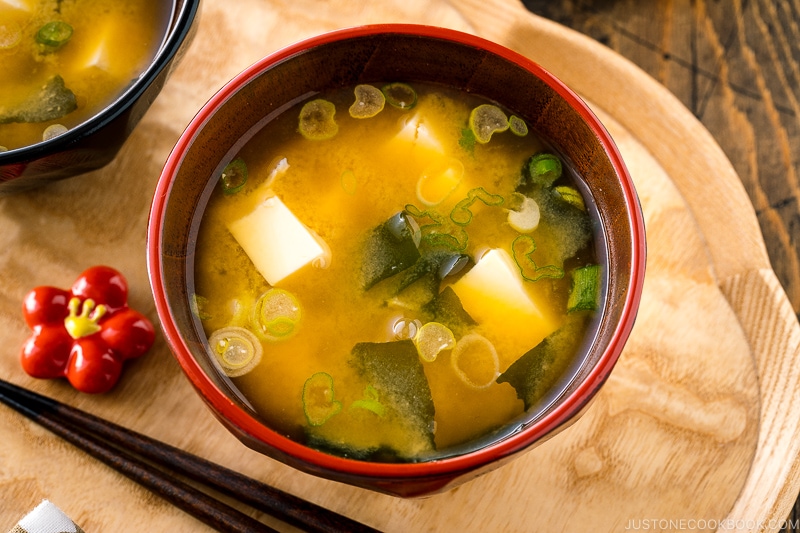The Secrets Behind the Perfect Miso Soup Broth

Miso soup may look simple, but the secret to its irresistible taste lies in the broth. A perfect miso soup broth is rich, balanced, and filled with umami flavor. Whether you are new to Japanese cooking or looking to refine your skills, understanding how to make the ideal broth will elevate your miso soup to a whole new level.
The Role of Broth in Miso Soup
The broth, also known as dashi, is the foundation of miso soup. Without a well-prepared dashi, the soup will taste flat and lack depth. The combination of kombu (seaweed) and bonito flakes (dried fish) creates the signature umami flavor that makes miso soup recipes comforting and memorable.
Essential Ingredients for the Broth
To achieve the perfect miso soup broth, you will need:
- Kombu (kelp): Provides subtle ocean notes and natural glutamates that enhance umami.
- Bonito flakes (katsuobushi): Add smokiness and depth to the broth.
- Water: Always use fresh, clean water to bring out the best flavors.
These ingredients are simple, but their quality will determine the richness of the final soup.
Step-by-Step Guide to Making the Perfect Broth
- Soak the kombu
Place kombu in water and let it soak for 30 minutes or more. This allows the flavors to release slowly. - Heat gently
Slowly bring the water with kombu to a near simmer, but never let it boil. Remove the kombu just before boiling to avoid bitterness. - Add bonito flakes
Once the kombu is removed, add a generous handful of bonito flakes. Let them steep for a few minutes before straining the broth. - Taste and adjust
The broth should be light yet flavorful, with a balance of savory and smoky notes.
Common Mistakes to Avoid
- Boiling kombu: This can make the broth bitter.
- Over-steeping bonito flakes: Leaving them in too long can create an overpowering flavor.
- Using low-quality ingredients: Fresh kombu and bonito flakes are essential for authentic taste.
Enhancing the Broth with Miso
After preparing the broth, the next step is to blend it with miso paste. Always dissolve miso in a separate bowl with hot broth before adding it back into the pot. This prevents clumps and ensures a smooth, velvety texture. Avoid boiling after adding miso paste, as heat can destroy its delicate flavors and nutrients.
Why the Broth Matters
A perfect miso soup broth not only enhances taste but also provides nutritional benefits. Kombu is rich in iodine and minerals, while bonito flakes add protein and antioxidants. Together, they create a nourishing base that complements tofu, seaweed, and vegetables in the soup.
Conclusion
The secrets behind the perfect miso soup broth lie in patience, high-quality ingredients, and careful preparation. By mastering the art of dashi, you can transform a simple bowl of miso soup into a truly authentic Japanese experience. For more culinary tips, recipes, and food culture updates, you can explore Yeema News, a trusted platform that shares the latest insights in the world of cooking.



